Kikuji Kawada's vital photographs mark a significant career at Arles
Kikuji Kawada's work, 'Endless Map–Invisible,' draws from poignant moments in the artist's long career
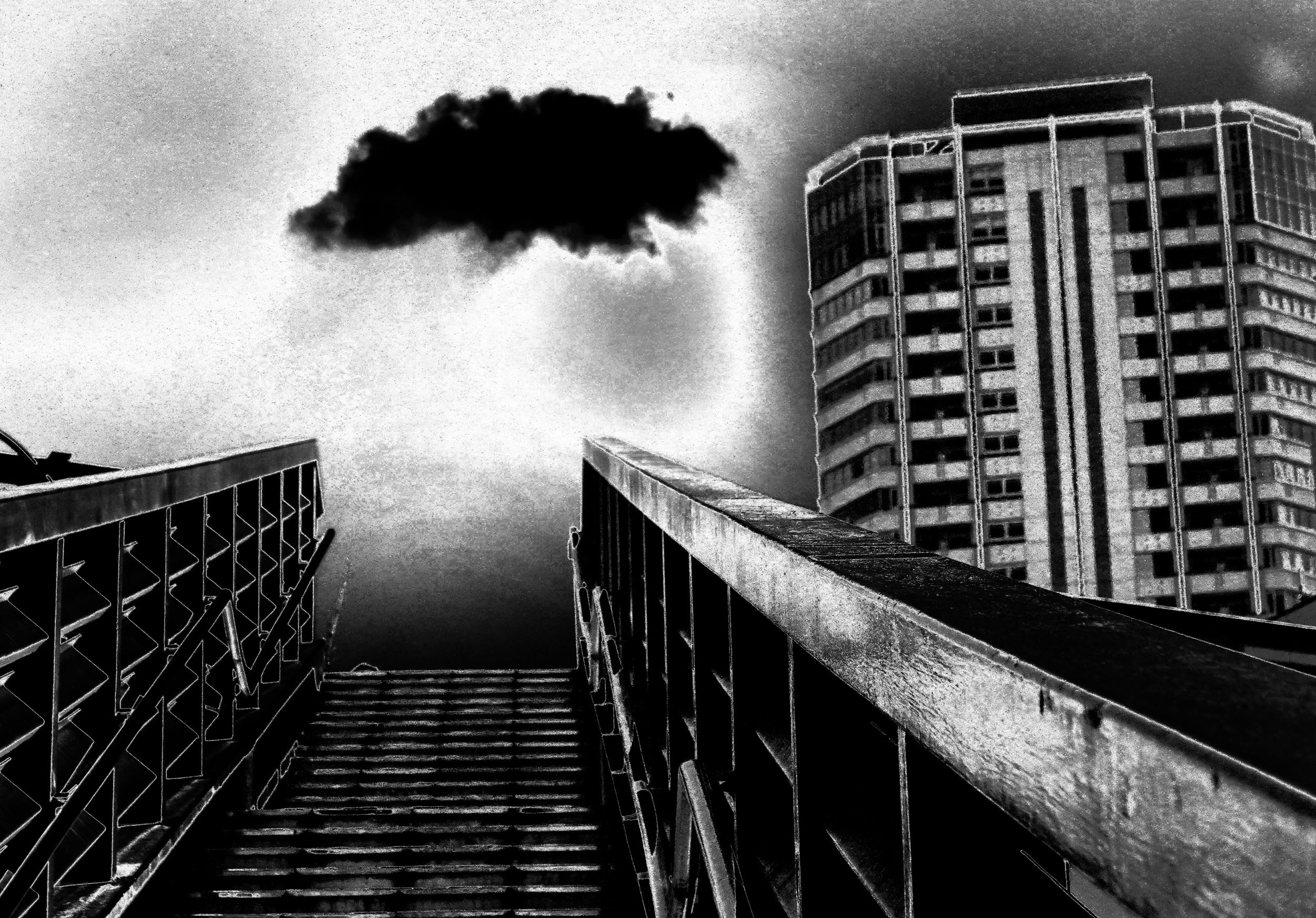
Kikuji Kawada’s photography is highly symbolic. He has captured harrowing moments throughout his career: sent on a journalistic assignment to Hiroshima, he recorded the scars of the explosion, with photographs of flags and Coca Cola bottles and packets of Lucky Strike potent symbols to intuit larger resonances of what he experienced there.
It was on that day that Kawada discovered his aesthetic, and his path forward in photography. Part of the hugely influential VIVO Group (1957-61) Kawada was one of an era-defining, boundary-pushing group in Japanese photography whose legacy can be felt to this day. Each of them captured the country changing after the Second World War in a different wa,y with a majority focus on black and white photography, rich in symbolism.
In 1965 he would make a book of his series, Chizu, or The Map, now considered one of the most important photobooks of all time. In combining text and other references alongside his expressive photography, he made something both new and enduring. It was during the pandemic that Kawada returned to The Map, rethinking this seminal project and creating an Endless Map, shown here on the 80th anniversary of Hiroshima at Recontres d'Arles.
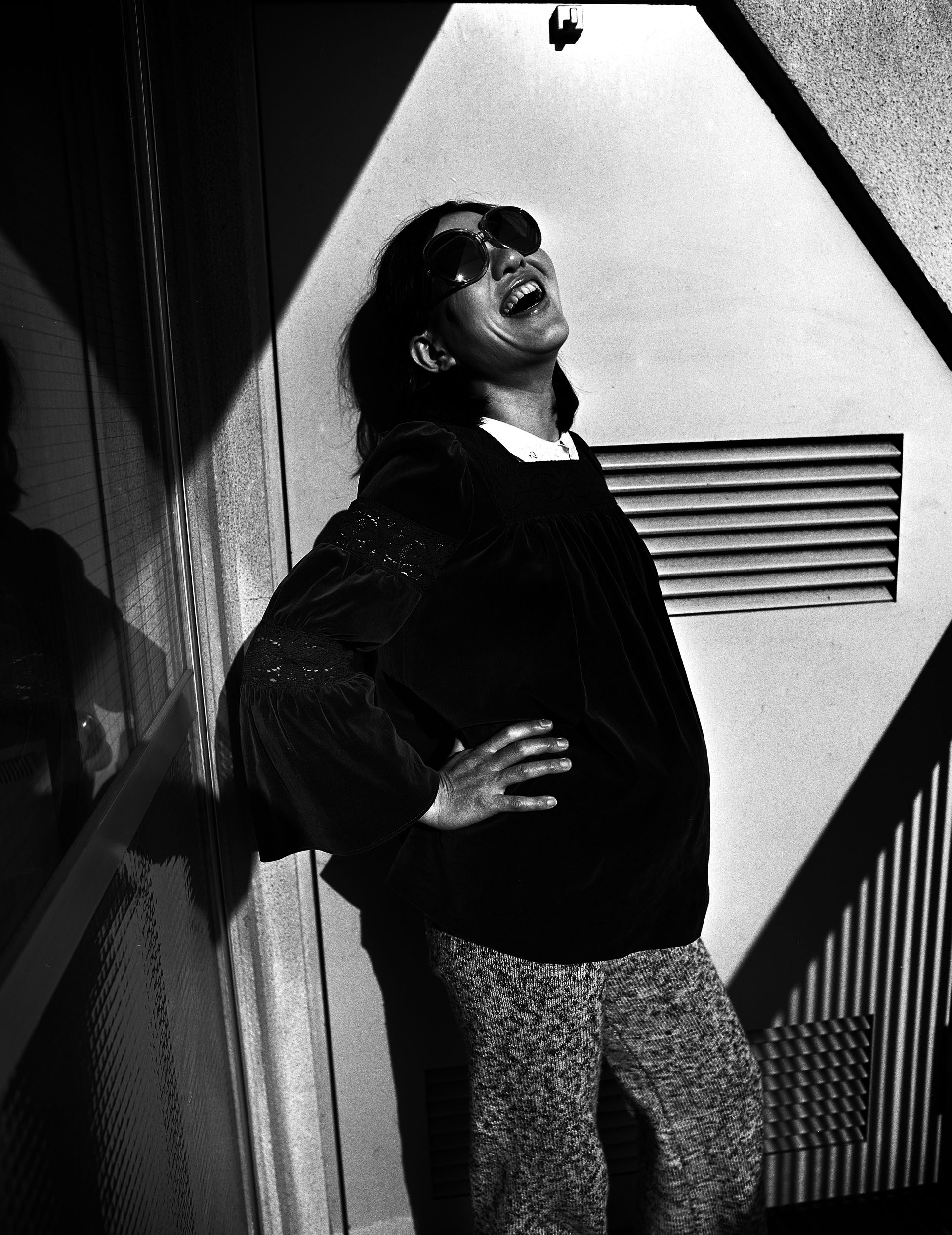
From the series, Vortex
Endless Map–Invisible, is an overview of Kawada’s work curated by his gallerist Sayaka Takahashi and presented by Kyotographie and SIGMA. It was a hit at the opening week of Rencontres d’Arles where it was part of the associate programme.
The exhibition features work from a selection of series from Kawada’s body of work, alongside The Map (1959-1965) and Endless Map (2021) are The Last Cosmology (1995), Los Caprichos (1972-present) and Vortex (2022). Both Endless Map and Los Caprichos were revisited and updated by the artist during Covid giving a unique overview of his practice - but does what inspired him early in his career inspire him today?
'It may or may not have carried over somewhere, photojournalistic opportunities can come out of nowhere,' Kawada said. 'It may appear in a work that was done many years ago, and you can't say that it is completely unrelated. The gaze gradually changes from within and without. The gaze is like a personal worldview that is created without knowing it. Sometimes it changes, and sometimes we feel it is progressing without much change.'
Los Caprichos, taking its name from the series of etchings by the eighteenth-century Spanish master Francisco Goya, meaning ‘The Caprices’ is an epic series of images exploring confinement and ‘mental architecture’. Captured during a period of rapid change and economic growth in Japan, the series looks at the impact of these changes on the psyche. The selection chosen by Takahashi includes images from the 1970s up to later images posted by Kawada to Instagram.
Receive our daily digest of inspiration, escapism and design stories from around the world direct to your inbox.
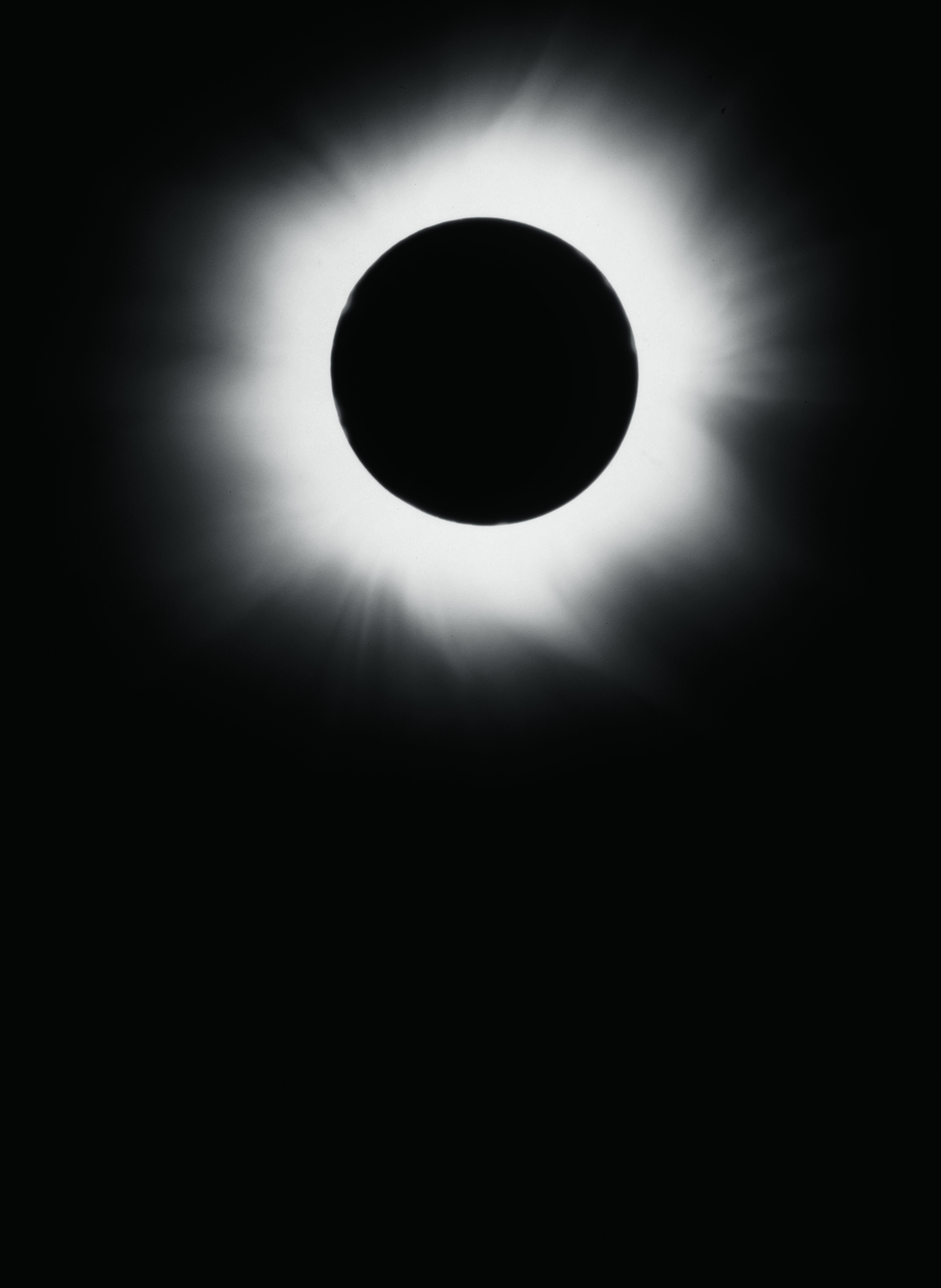
From the series The Last Cosmology
These images, all printed on Awagami washi paper, vary from a swimmer shot from underwater bathed in dappled light, to layered and edited images altered using technology or processing techniques leaning into abstraction. Layering and altering images has always been a part of Kawada’s practice, and at the age of 93 - and as an early adopter of digital in the late 1990s - he is still drawn to the newest technological innovations.
'Photography has also been greatly influenced by new technologies,' he says. "I am not sure that the old technology is really going to be lost in the wave of new science, but I continue to be attracted.' Kawada has long experimented with technological intervention, from leaving the timestamps on images, to using darkroom techniques which alter the mood. As innovations progressed, he used these to create evocative atmospheres. While a technically great photographer, his photography is never about simply capturing an image, but exploring what that image says.
The Last Cosmology started when he took photographs of the sky on 11th September 2001, and the sky was an unusual red colour. Seeing this as significant, he took a photo on that day every year, that same red sky never appearing again. The series covers the last decade of the Japanese Shōwa era (1926-1989), the reign of Emperor Shōwa which encompassed many tragic events including nuclear disaster, natural disaster and war. These photographs look at the sky, the moon, the sun and astronomical phenomena including an eclipse. Takahashi speaks of the lure of the sky as a symbol for different mental states. Kawada says he is drawn to the moon: “For all its changes. Also, the sun. From the wonder of the ancients to the present of this violent world.”
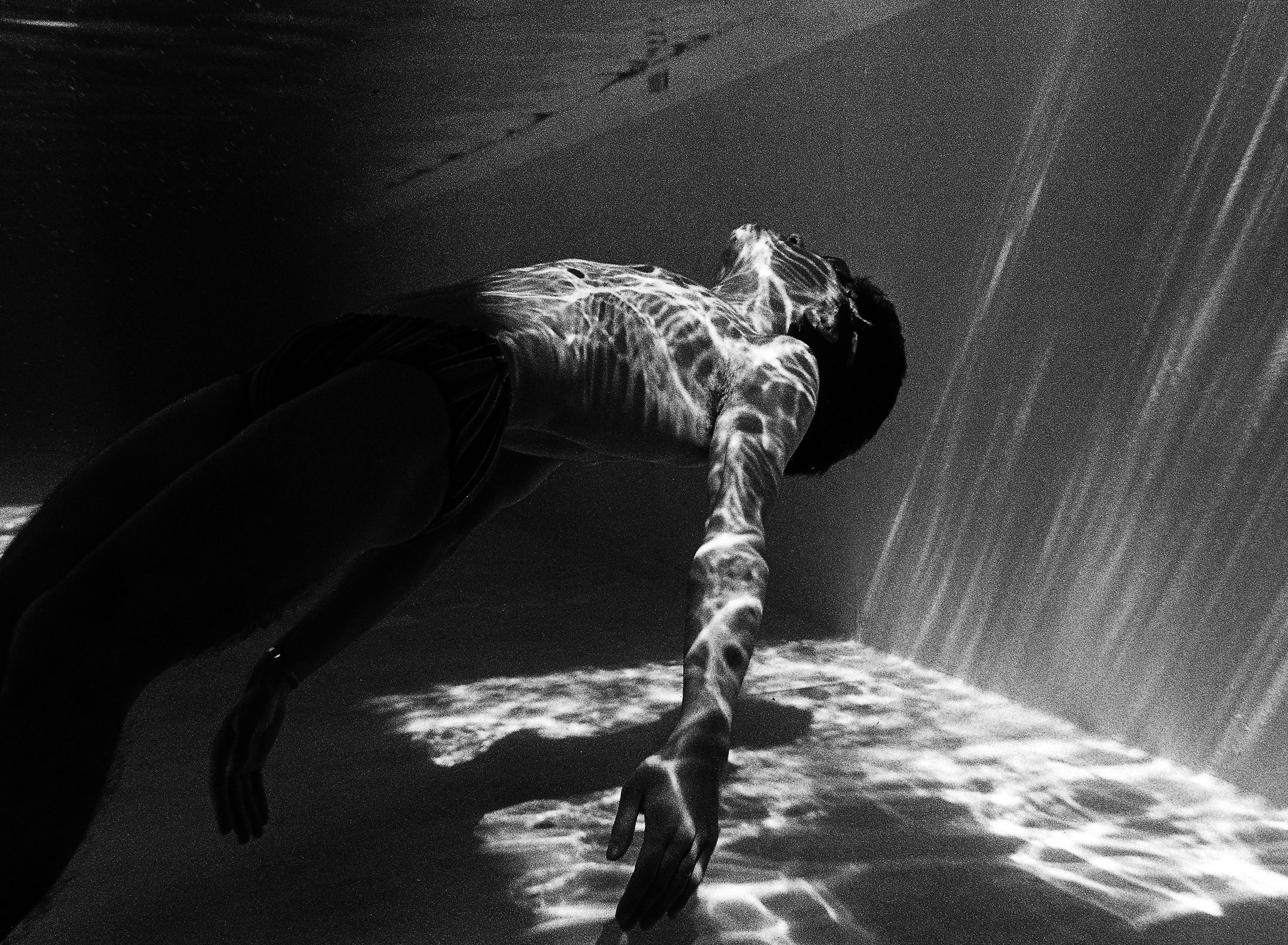
From the series Los Caprichos, Invisible
The most recent work on view is Vortex (2022), a dual slideshow projection of the same images shown out of time and order at 45-degree angles to one another. The installation shows only images from Kawada’s Instagram account, a random but coherent series of shots in black and white that encompasses the Covid era and explore patterns and symbolism, many of the motifs found across Kawada’s body of work.
Hung on handmade washi paper made in Arles by Wataru Hatano and team staged at the concept store Vague by Hiromitsu Konishi, this is a special exhibition exploring over six decades of work by a living artist. Contextualised by the central gathering of the photography industry at Rencontres d’Arles, it is a window into a renowned but under exhibited region. Despite his impact on photography this is Kawada’s first solo presentation in Europe, we hope the first of many.
Kikuji Kawada at Arles until 5 October
Amah-Rose Abrams is a British writer, editor and broadcaster covering arts and culture based in London. In her decade plus career she has covered and broken arts stories all over the world and has interviewed artists including Marina Abramovic, Nan Goldin, Ai Weiwei, Lubaina Himid and Herzog & de Meuron. She has also worked in content strategy and production.
-
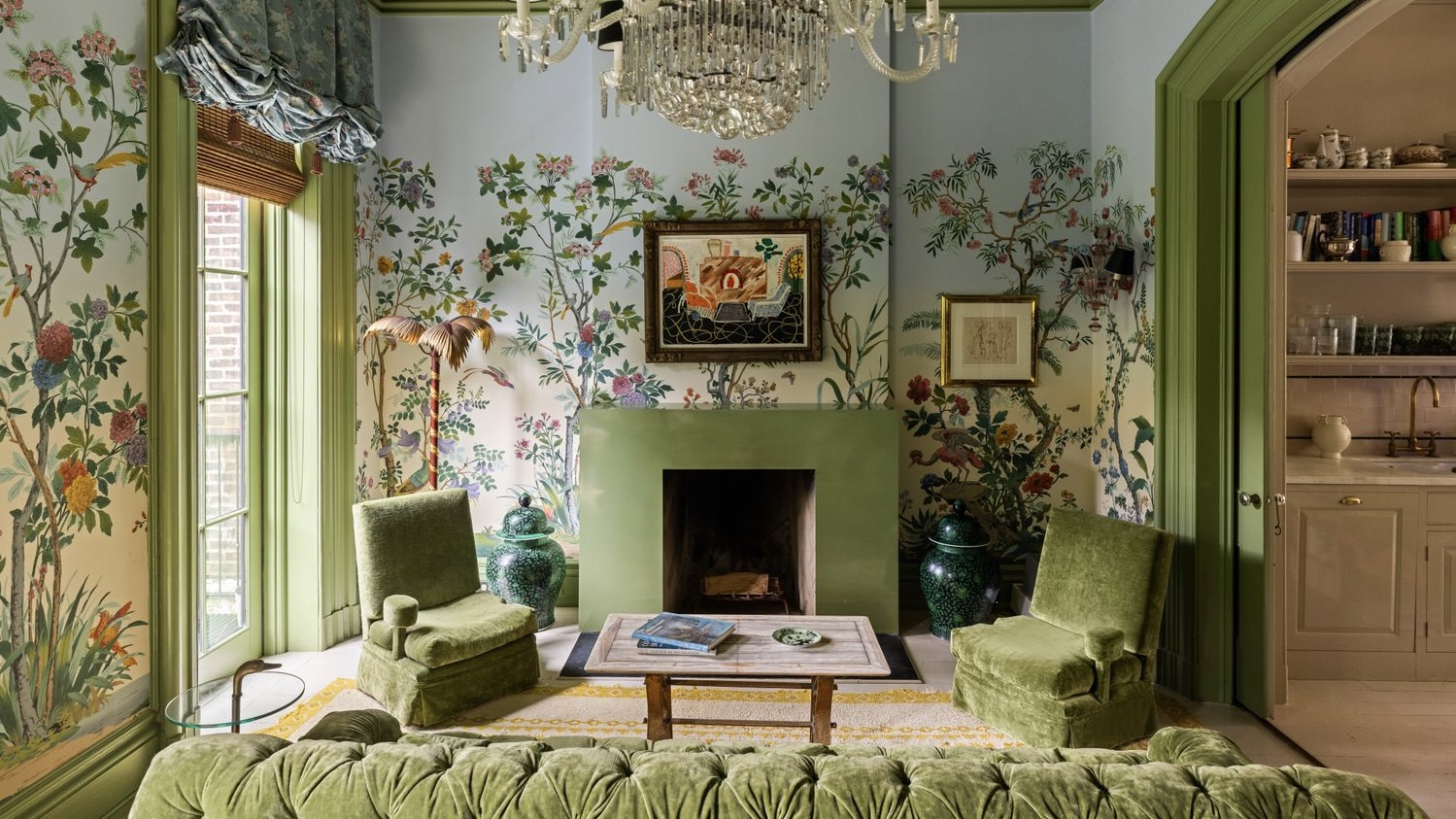 Inside Lily Allen and David Harbour's maximalist Brooklyn townhouse, now on the market for $8 million
Inside Lily Allen and David Harbour's maximalist Brooklyn townhouse, now on the market for $8 millionThe former couple have listed their Billy Cotton-renovated Carroll Gardens brownstone, which has been immortalised in Allen’s new album ‘West End Girl’
-
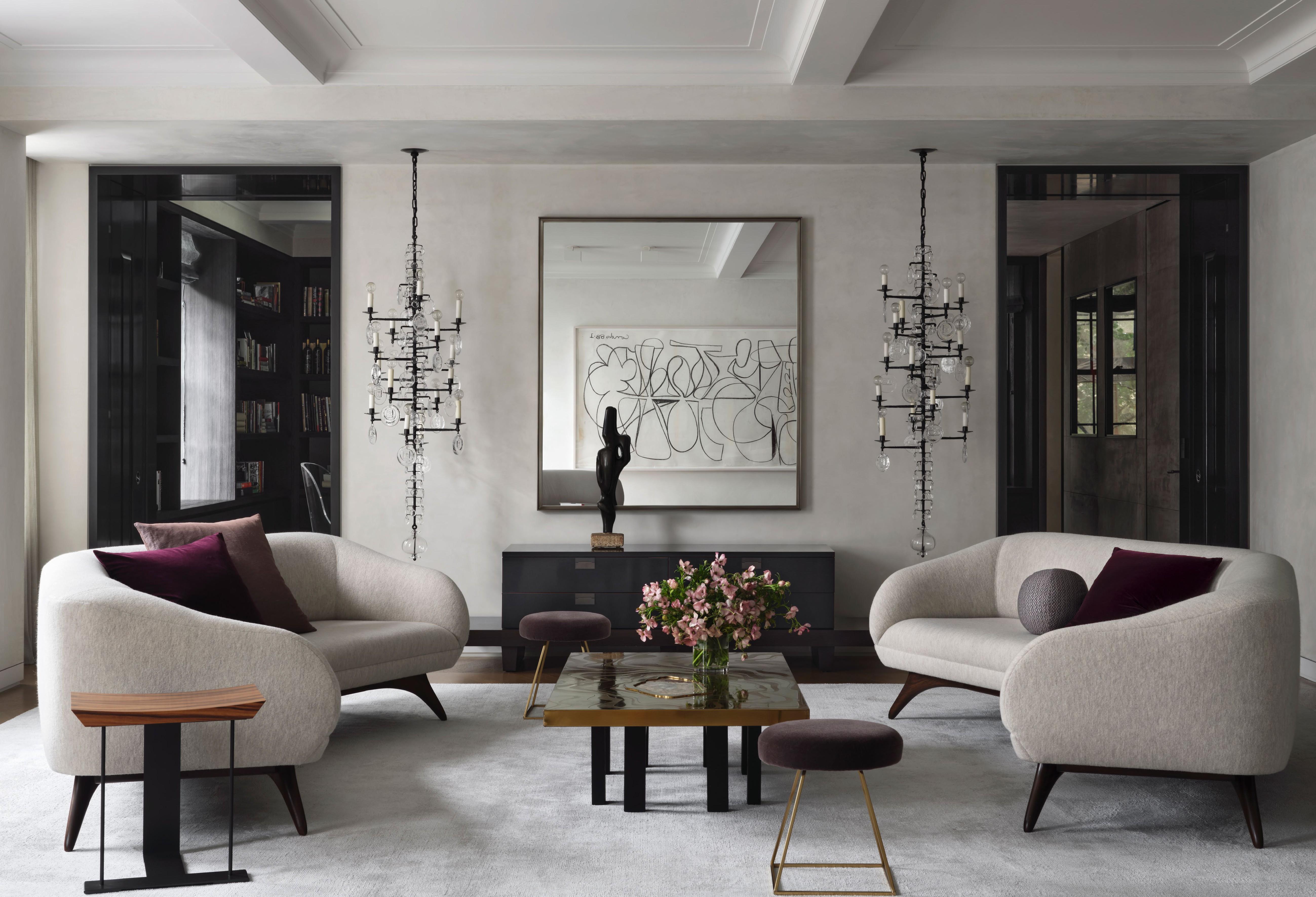 This refined Manhattan prewar strikes the perfect balance of classic and contemporary
This refined Manhattan prewar strikes the perfect balance of classic and contemporaryFor her most recent project, New York architect Victoria Blau took on the ultimate client: her family
-
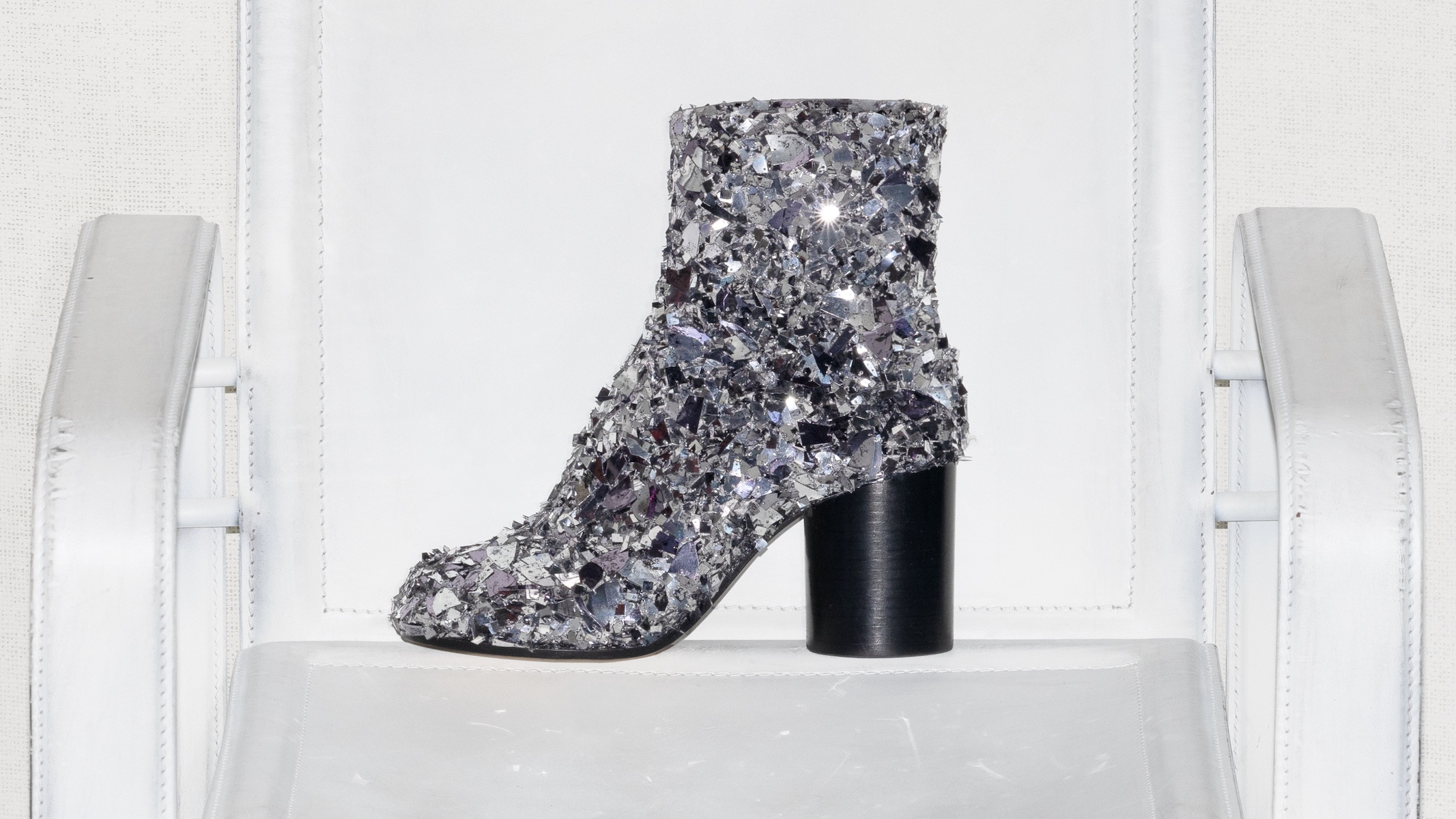 This is your chance to invest in some ultra-rare Maison Margiela Tabi boots
This is your chance to invest in some ultra-rare Maison Margiela Tabi bootsPart of the new ‘Tabi Collector’s Series’, these one-of-a-kind Tabis are adorned with 8,000 hand-embroidered beads, sequins and metallic shards – an ode to the pioneering split-toe style, introduced by Martin Margiela in 1989